Goal 16’s full title is “Promote peaceful and inclusive societies for sustainable development, provide access to justice for all and build effective, accountable and inclusive institutions at all levels.” It has a monitoring framework of 12 targets (2 around means of implementation) and 23 indicators.
 | 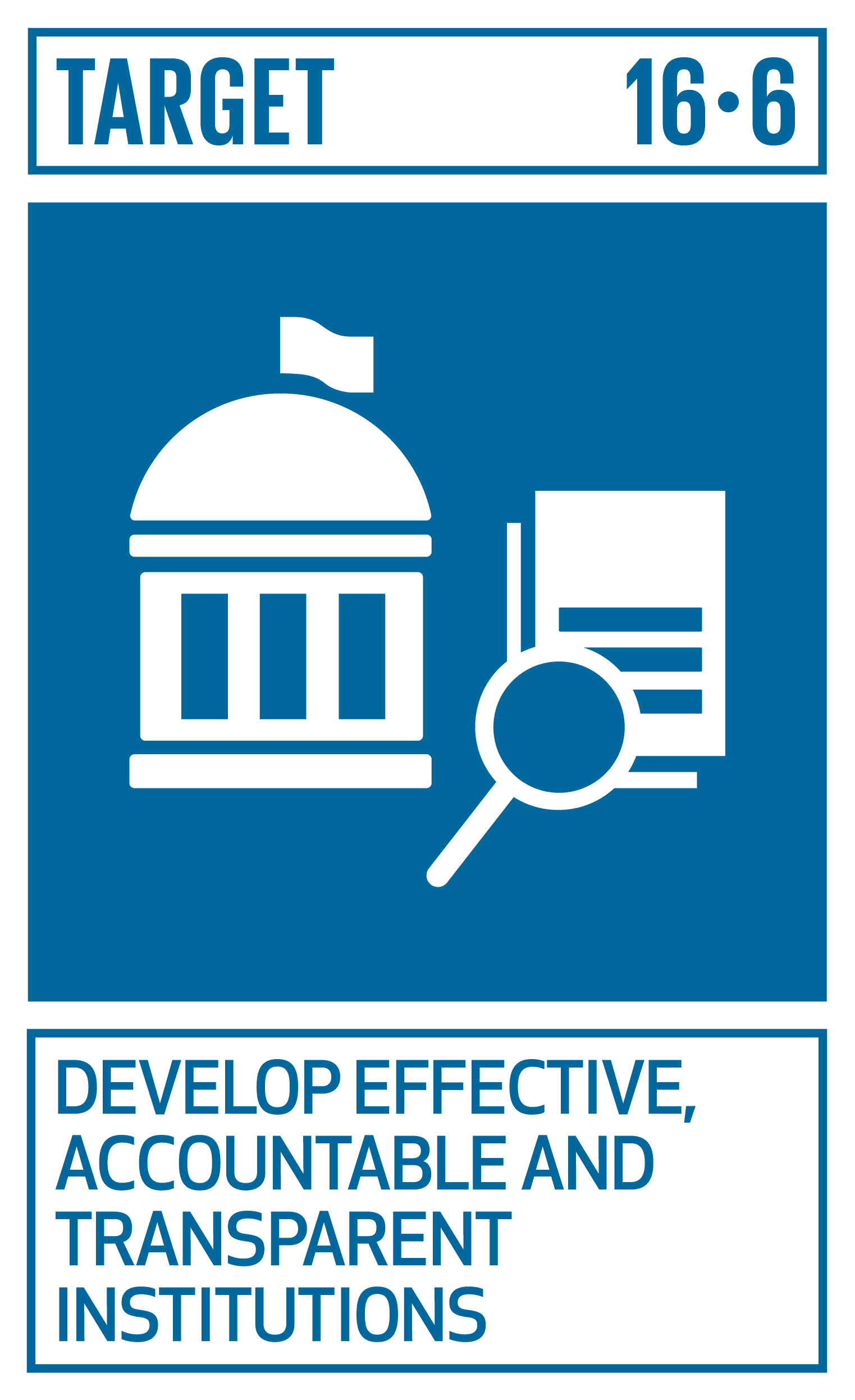 | 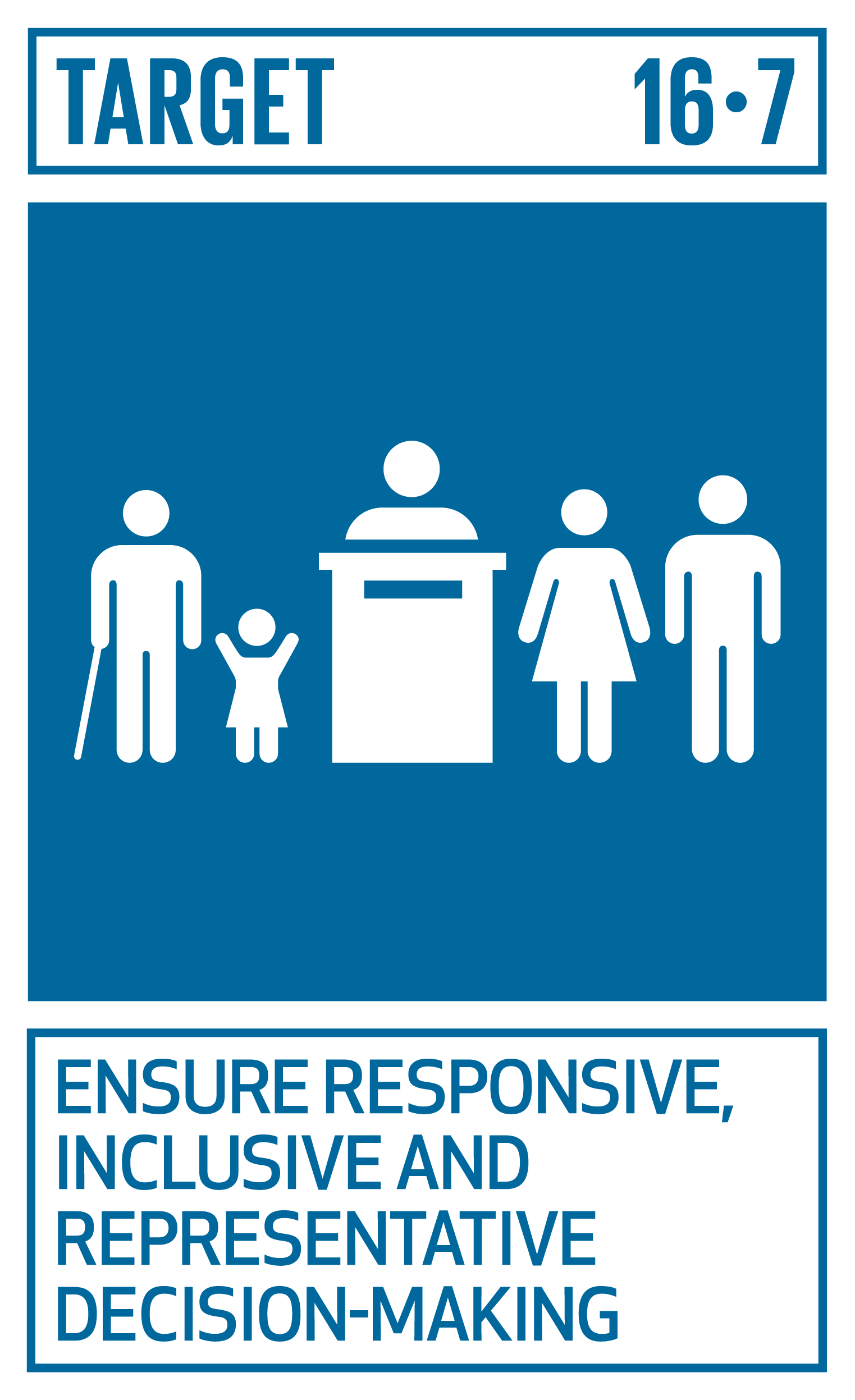 | 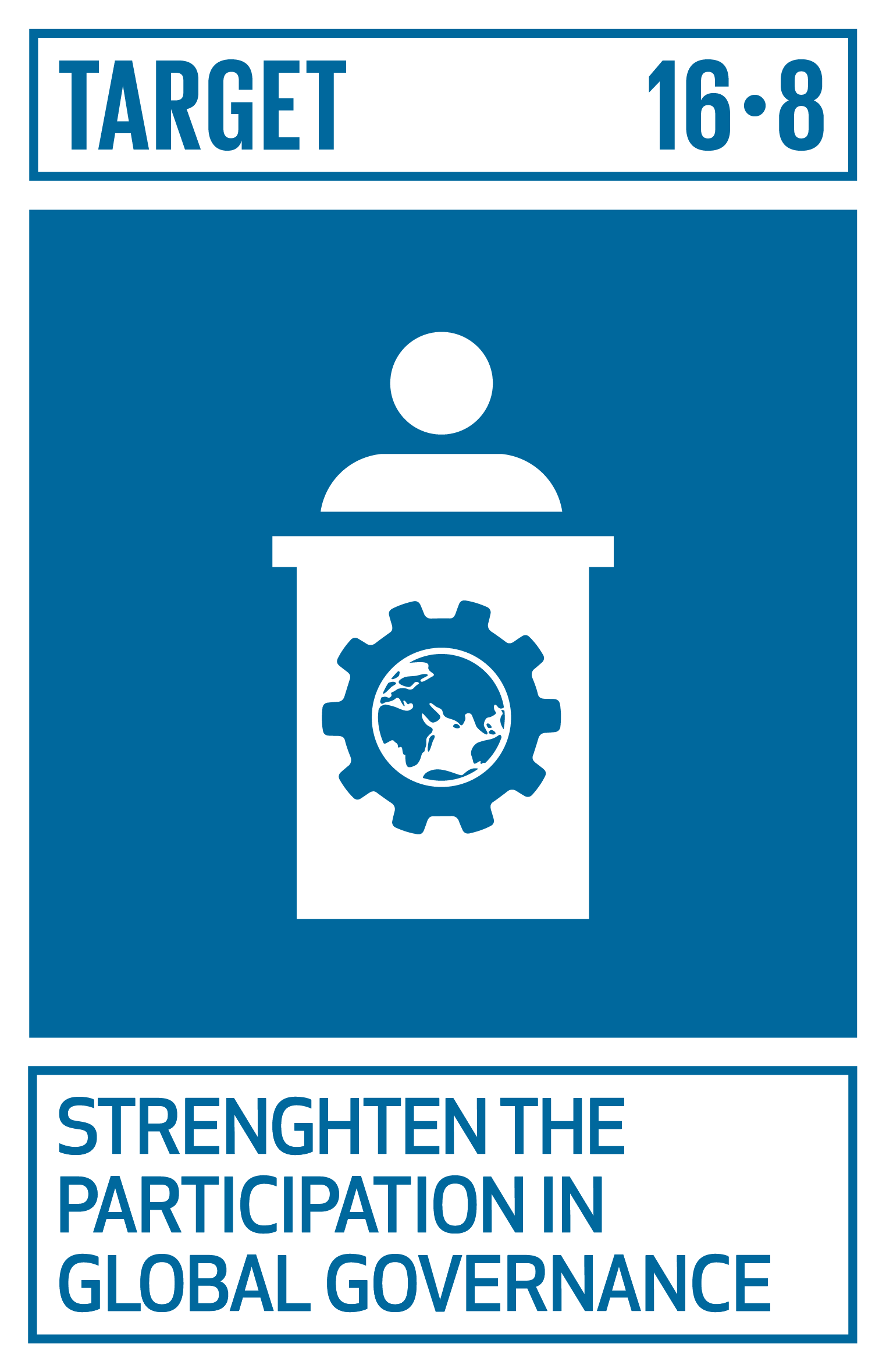 |
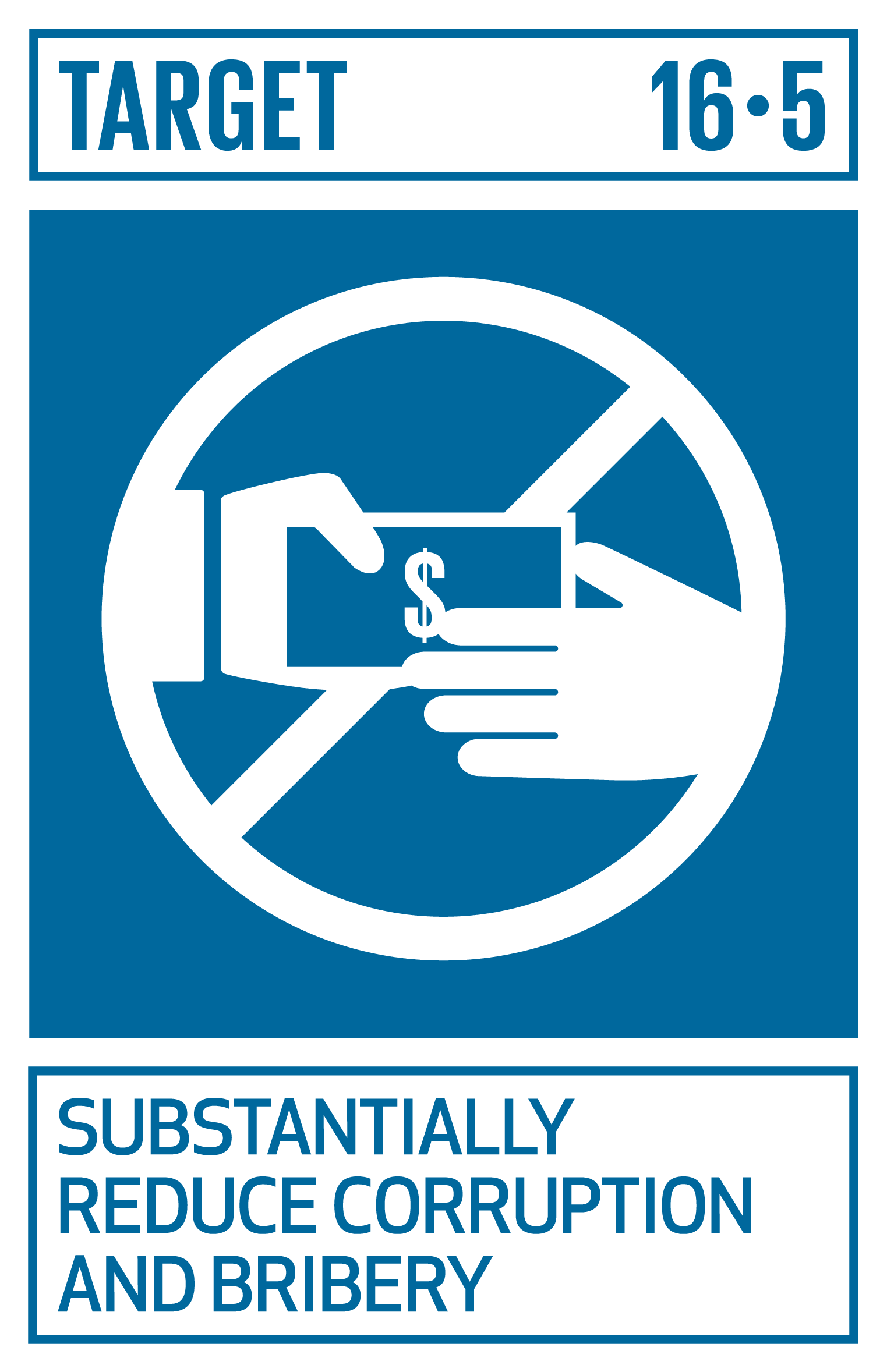 | 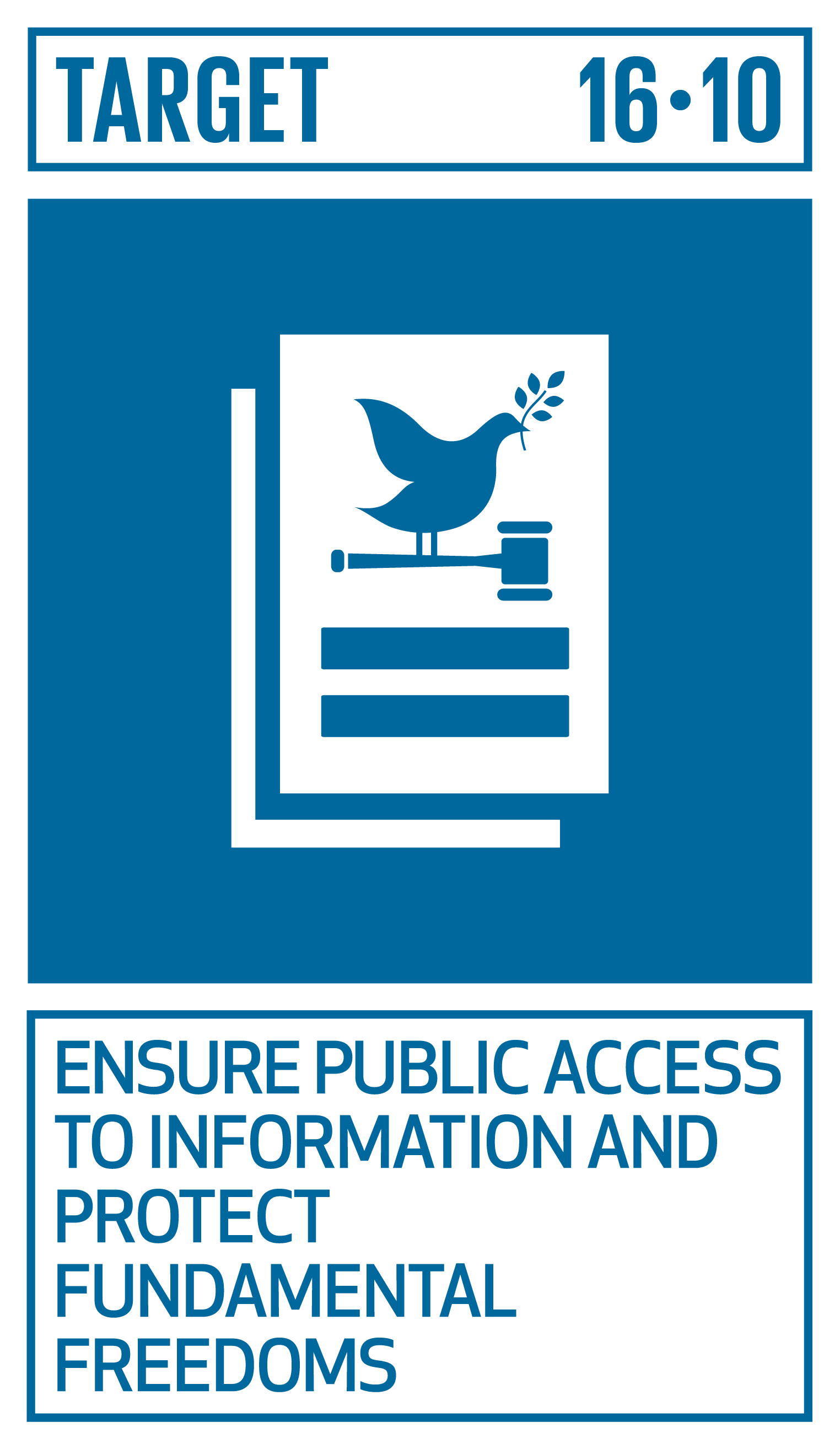 | 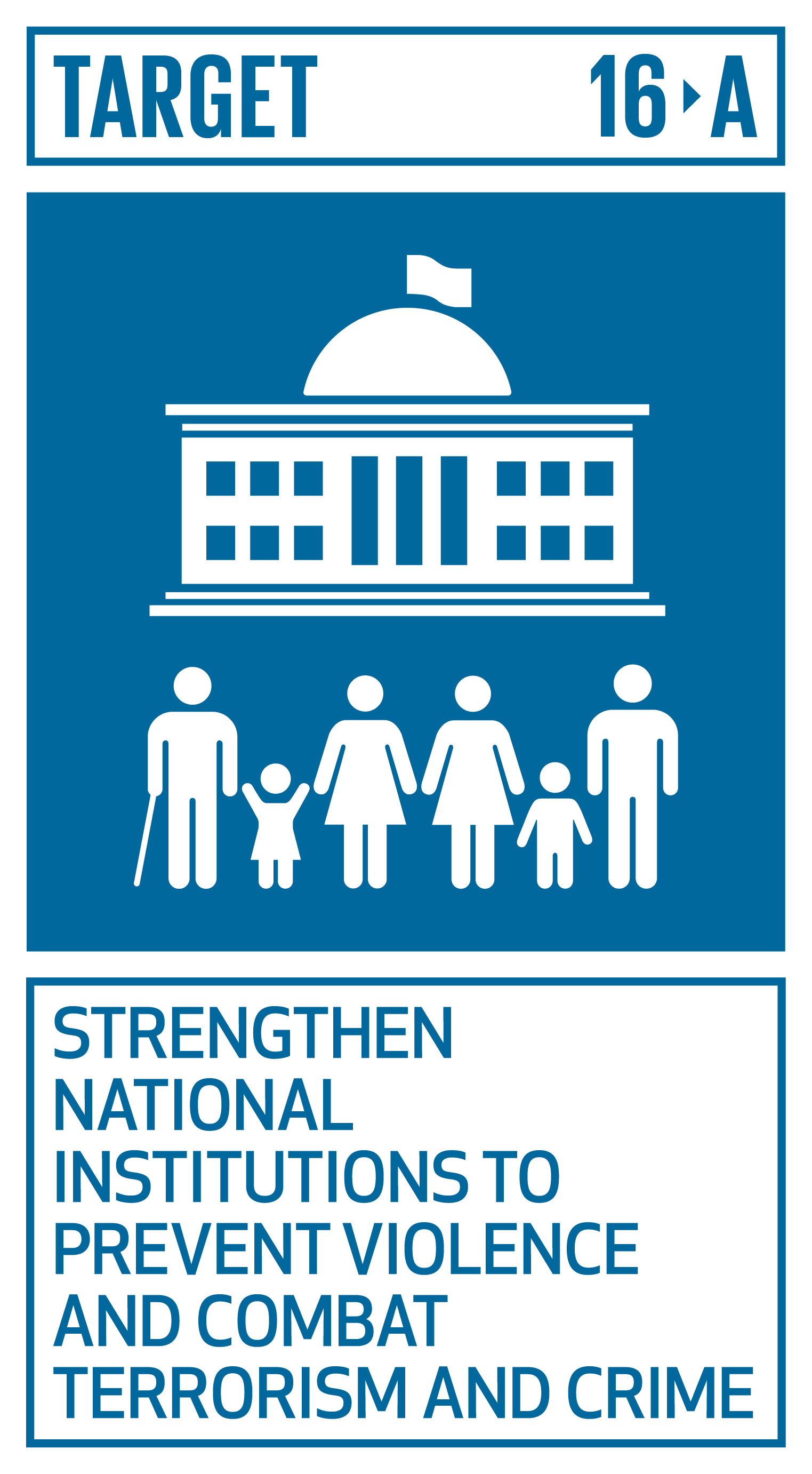 | 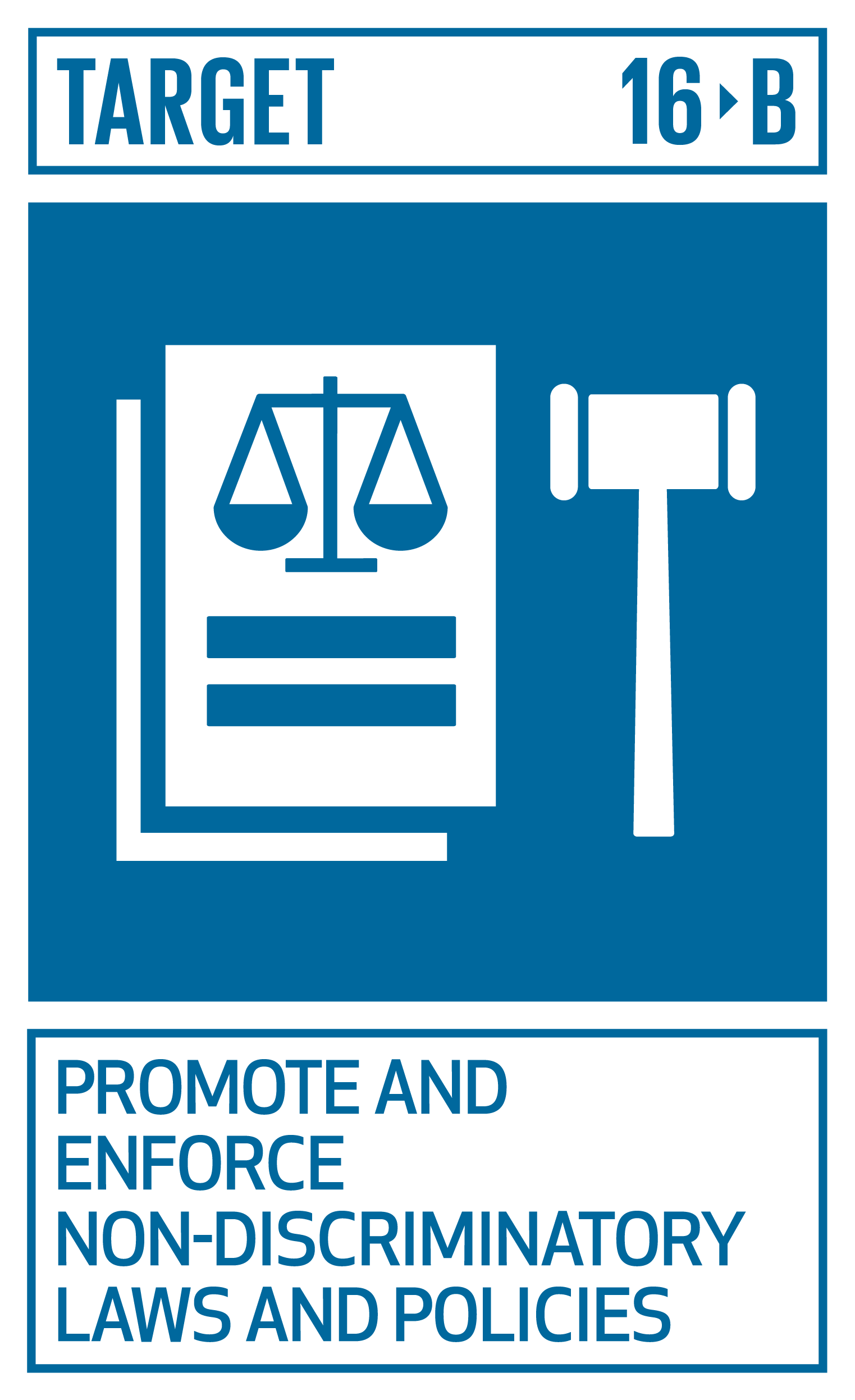 |
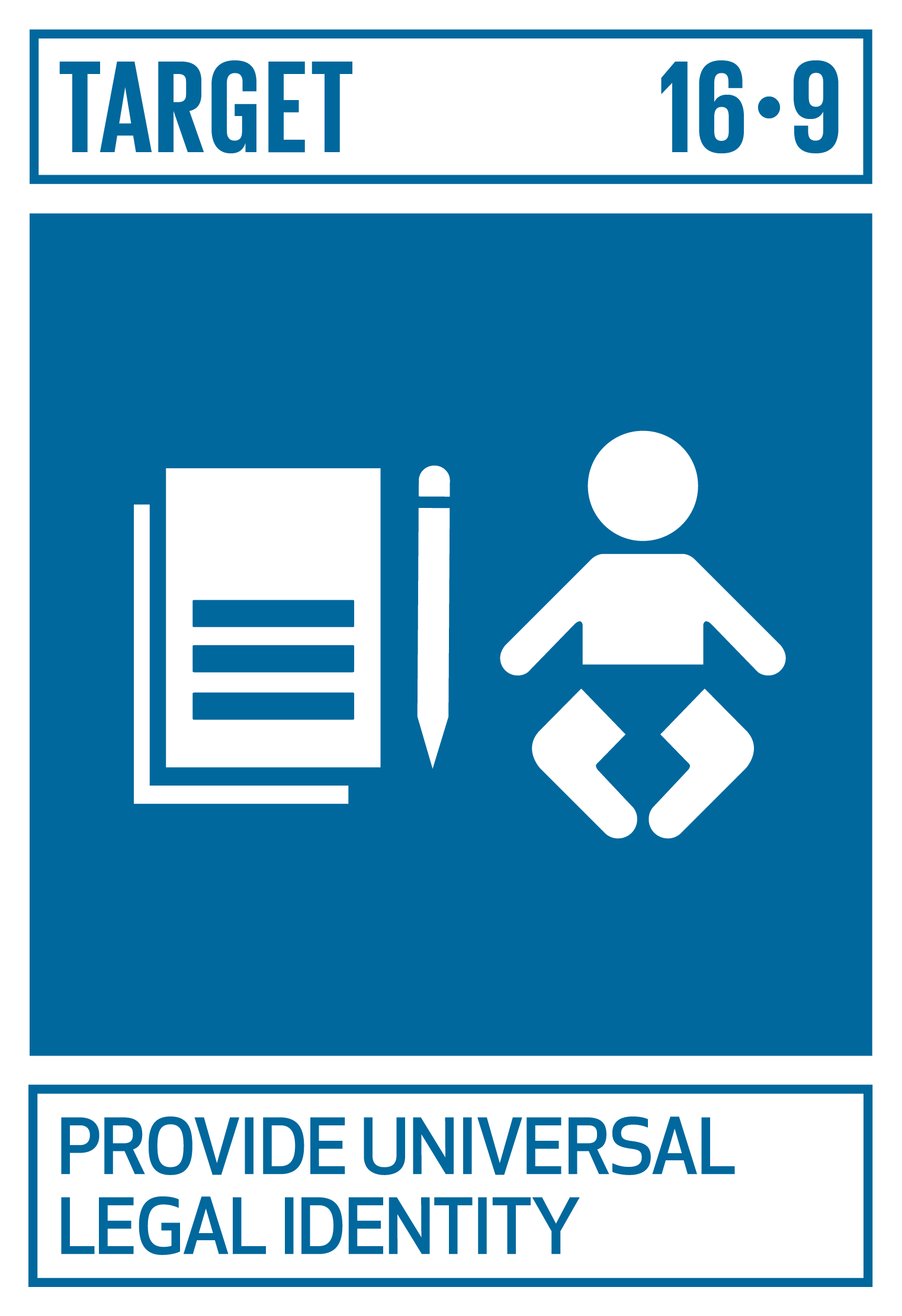 | 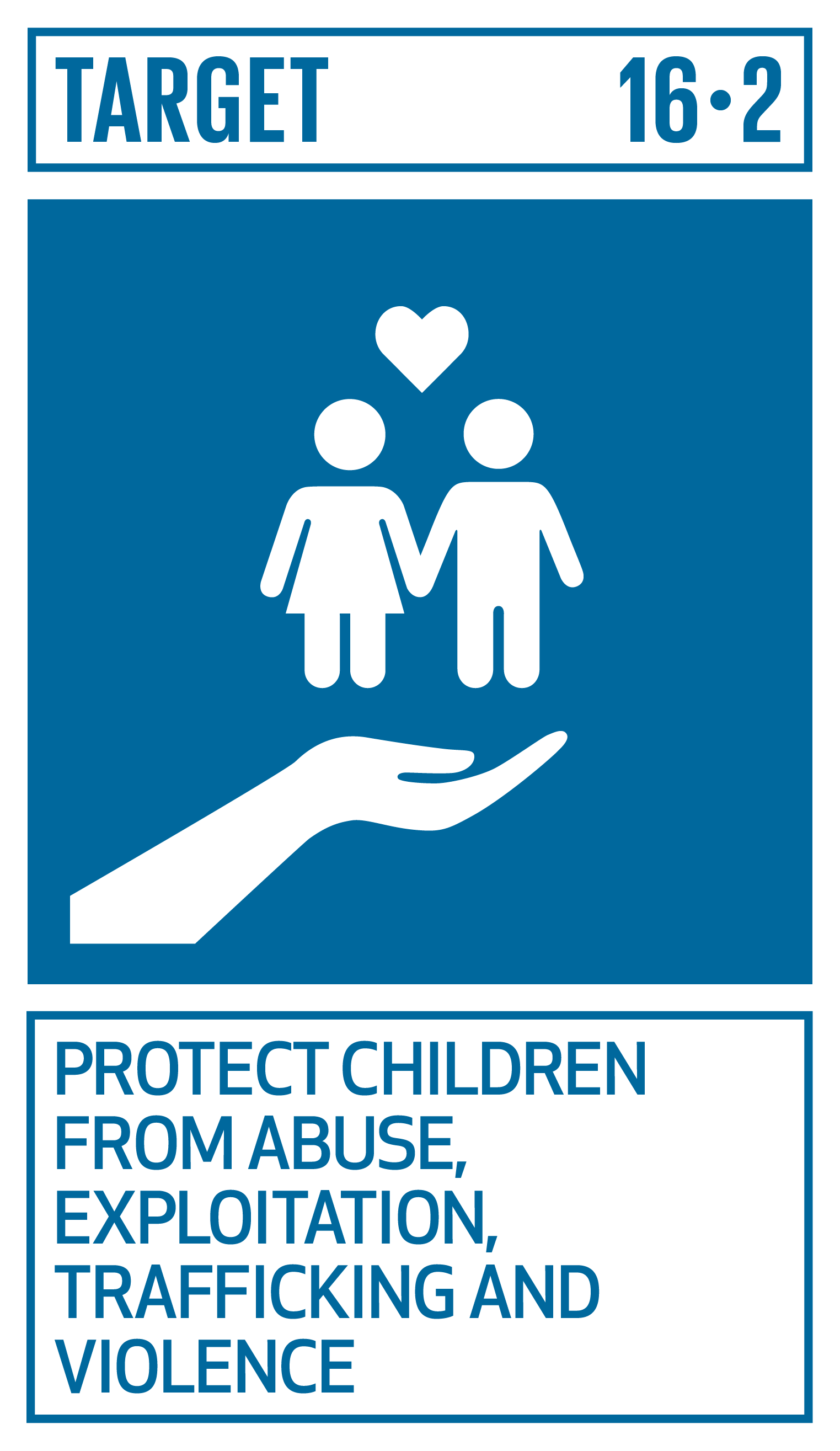 | 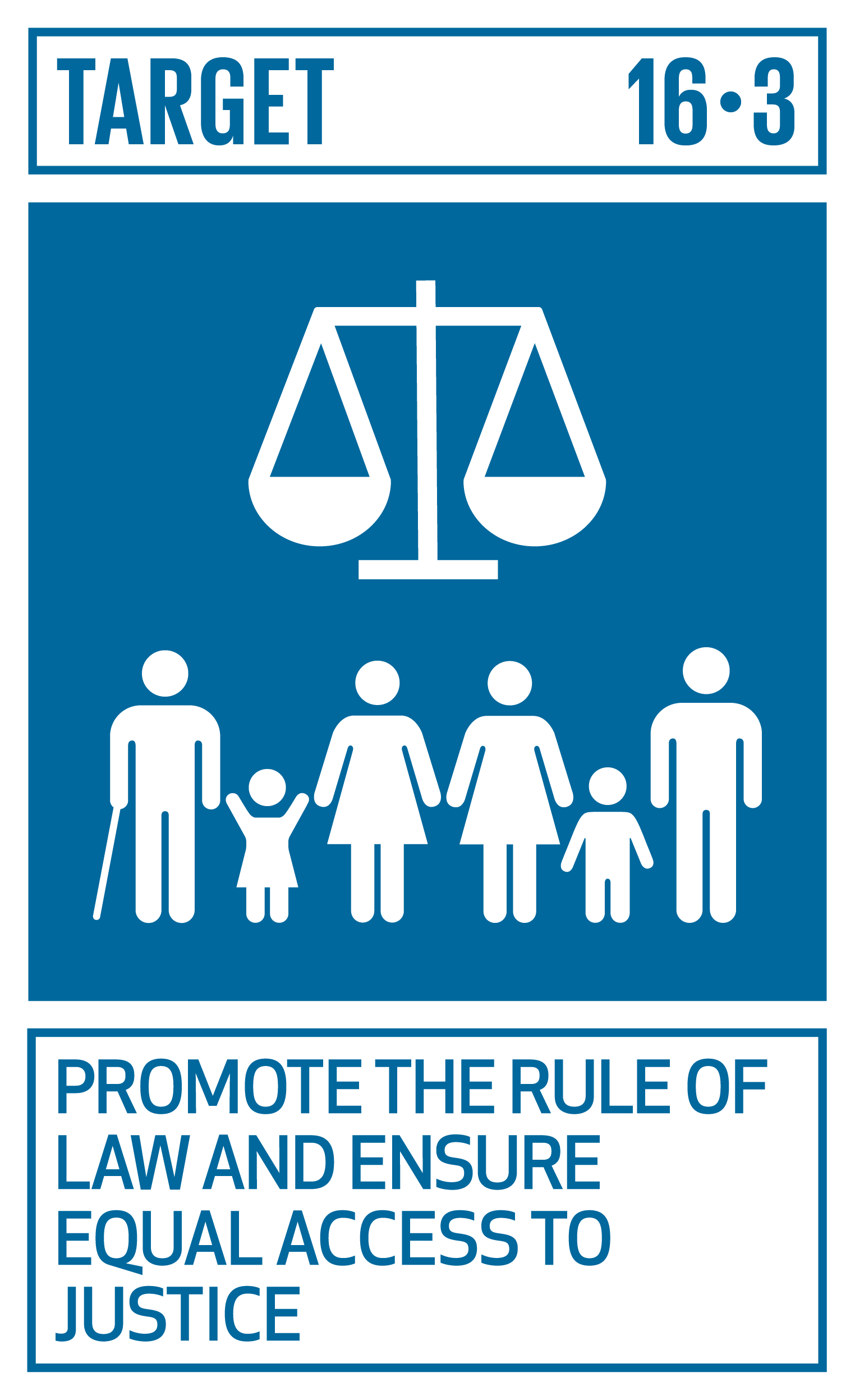 |  |
|---|
Transition from the MDG Targets to SDG 16 in Cambodia
There was no goal comparable to SDG 16 in the earlier Millennium Development Goals.
The background to Goal 16 is the growing understanding that injustice, insecurity and violence hold back development.
The global NGO International Bridges to Justice says that SDG 16 “…represents a large part of the lessons learned from the successes of SDG’s predecessor, the Millennium Development Goals…With rule of law as the foundation of sustainable development, SDG 16 describes objectives that are fundamental to the success of all of the other goals.”1
Assessing Cambodia against global targets and indicators
The Asian Development Bank has presented some data around the global indicators for SDG 16 in the Asian region.2 The statistics for Cambodia have tended to be extreme:
- Target 16.1
– Number of victims of intentional homicide (per 100,000 population)
Cambodia moved from 4.7 (per 100,000) in 2000 to 1.8 in 2011 – a significantly bigger fall than the average of its 9 peers in Southeast Asia, placing its most recent figure lower than the average and median for its peers.
- Target 16.3
– Unsentenced detainees as a proportion of overall prison population
Cambodia moved from 29.8% in 2005 to 59.2% in 2014 – the figure almost doubled. The most recent position is the highest of all SEA nations other than the Philippines. (A separate analysis found Cambodia was the 4th-worst performing country in the world for the growth in this area.)3
- Target 16.5
– Proportion of firms experiencing at least one bribe payment request
At 64.7% in 2016, Cambodia has the highest figure for this type of corruption in SEA where data exists and more than double most of its peers. (A separate analysis found Cambodia was the 2nd to worst performer globally for an almost identical measure of corruption.)[Ibid]
- Target 16.9
– 16.9.1 Proportion of children under 5 years of age whose births have been registered with a civil authority
At 73.3% in 2014, Cambodia’s was the second-lowest in Southeast Asia where data was available.
Only the last of these targets has been brought through to the draft CSDGs (explained below).
A progress report on SDG 16 by the Institute for Economics and Peace found Cambodia was 3rd worst performing country in the world for deterioration in public access to information (Target 16.10).4 Yet Cambodia was second-best in the world in terms of sexual violence against children (Target 16.2).
The NGO International Bridges to Justice has developed access to justice projects around the world. It says that its program in Cambodia “has led to a precipitous drop in rates of investigative torture, in certain provinces dropping from a systemic abuse present in almost all cases, to less than 5% of cases now.”5 This falls under Target 16.1.
In the SDG Index and Dashboards Report 2018, in the four areas of SDG 16 for Cambodia where a trend had been perceived, that trend was going backwards.6 There were only two areas where Cambodia rated well: prison population per 100,000 population and transfers of major conventional weapons.
Not surprisingly, some observers have suggested that SDG 16 presents a challenge for Cambodia. One analysis of Cambodia’s preparedness for implementing the SGDs found that “The goal of SDG 16…will be burdensome for Cambodia.”7 This comment was made before Cambodia’s localized targets and indicators were announced in late 2018.
Localization of SDG 16 in Cambodia
In 2016, UNDP conducted a rapid integrated assessment of Cambodia’s National Strategic Development Plan 2014–2018 and relevant sector plans and strategies against the global SDG targets.8 The assessment provided a gap analysis of the SDG targets that are not addressed in the current plan, partially addressed, and targets that have been addressed by multiple sectors.
Results overall were that 85 out of 109 SDG targets were fully addressed, 17 were partially addressed and 7 were not addressed.
“The Government has prioritized Good Governance in its NSDP. About 70% of the peace related SDG targets (Goal 16) have been addressed in the NSDP, with a focus on fighting corruption; legal and judicial reforms; public administration reforms (including decentralization and deconcentration); and reform of the armed forces…”9
UNDP noted three SDG16 global targets in particular that required attention:
- 16.4 (“Significantly reduce illicit financial and arms flows, strengthen the recovery and return of stolen assets and combat all forms of organized crime.”) “Although the NSDP does address the issue of illicit financial flows, there is no mention of reducing arms flows as well as strengthening the recovery and return of stolen assets.”
- 16.7 (“Ensure responsive, inclusive, participatory and representative decision-making at all levels.”) “Targets on inclusion and participation of other marginalized groups in decision-making (for e.g. people with disabilities, indigenous peoples) are missing. …The Government would need to consider inclusion of all marginalized groups in Cambodia when developing their next NSDP.”
- 16.9 (“Provide legal identity for all, including birth registration.”) “The NSDP includes a target on civil registration. However, legal identity is broader than civil registration. It also includes providing legal identity to disadvantaged groups.”
The difference between the global targets/indicators and Cambodia’s national targets/indicators for SDG 16 is very large. There are 12 targets for SGD 16 globally and just 3 for CSDG 16. There are 22 global indicators for SDG 16 and just 3 for CSDG 16 (the largest difference in indicator numbers of all the goals).10
CSDG 16 Targets and indicators
CSDG Target | CSDG Indicator | Baselines and targets |
16.3 Promote the rule of law at the national and international levels and ensure equal access to justice for all. | 16.3.1 Proportion of people involved in disseminating laws | Baseline (2015) 1.48 people per 100,000 people. Target 2025: 4 people per 100,000 people. Target 2030: 4.14 people per 100,000 people. |
16.7 Ensure responsive, inclusive, participatory and representative decision-making at all levels. | 16.7.1 Proportion of female government officials in ministries/agencies | Baseline (2016) 40% Target 2025: 49% Target 2030: 50% |
16.9 By 2030, provide legal identity for all, including birth registration. | 16.9.4 Percentage of births that have birth registered and receive birth certificates (by 2024, at least 90%) | Baseline unknown Target 2025: 90% Target 2030: 95% |
Source: Royal Government of Cambodia November 2018. “Cambodian Sustainable Development Goals (CSDGs) Framework (2016–2030)”. Approved by Council of Ministers 19 November 2018. page 42.
The November 2018 document noted that “The framework presented here will be subject to further consultations and eventual adoption by the Royal Government.” It said that the Rectangular Strategy and National Strategic Development Plan would align with the CSDG framework.
SDG 16 will be reviewed in depth at the high-level political forum on sustainable development on 9–18 July 2019.
Cambodia is one of the countries that will take part in the voluntary review at the forum. A voluntary national review (VNR) “aims to facilitate the sharing of experiences, including successes, challenges and lessons learned, with a view to accelerating the implementation of the 2030 Agenda. The VNRs also seek to strengthen policies and institutions of governments and to mobilize multi-stakeholder support and partnerships.”11 Civil Society Organization in Cambodia has shown a strong commitment supporting the government for this VNR. Cooperation Committee for Cambodia (CCC) has given some inputs on SDG16’s review covering the progress, challenges, available data/key government planning document, evaluation/reflection, and next step/recommendation for submitting to the ministry of planning on 20th February 2019. More details on these inputs can be found here.
Means of implementation for SDG 16 in Cambodia
SDG 16 has two means of implementation targets (each with its own indicator):
- Target 16.A: “Strengthen relevant national institutions, including through international cooperation, for building capacity at all levels, in particular in developing countries, to prevent violence and combat terrorism and crime.”
– Indicator 16.A.1: “Existence of independent national human rights institutions in compliance with the Paris Principles.” - Target 16.B: “Promote and enforce non-discriminatory laws and policies for sustainable development.”
– Indicator 16.B.1: is “Proportion of population reporting having personally felt discriminated against or harassed in the previous 12 months on the basis of a ground of discrimination prohibited under international human rights law.”
None of these targets/indicators has been brought through into the CSDGs.
Little specific information has been published so far about the specific steps that the Government will be taking to ensure progress against the three targets in CSDG 16. Ministries and agencies will be given support to strengthen their capacity and data systems around measuring and reporting progress.
Monitoring and evaluation of SDG 16 in Cambodia
The Ministry of Planning has overall responsibility for the national monitoring and evaluation, maintaining the CSDG database. The responsibility for specific indicators lies with the relevant ministries and government agencies, who will also be expected to provide a narrative assessment of progress as well as year-end statistics.
Progress will be assessed as:
- Ahead of track – ahead of the milestone value by at least 10%
- On track – within +/- 10% of the milestone
- Off track – at least 10% below the milestone.
In the document outlining the Cambodian framework, under the subhead “The Role of the CSDGs”, there is a statement: “The goals offer both a policy guide and a means of tracking performance…”12 There is no similar statement referring to performance tracking of the global SDGs. The document also recalls Cambodia’s progress against the earlier Cambodian Millenium Development Goals – not the global MDGs. The implication is that Cambodia’s progress up to 2030 will be assessed against the CSDGs rather than the global SDGs.
With monitoring, UN member states are required to take the lead role themselves, “enjoying wide discretion to the framework, but also relying on national statistical and administrative data and systems.”13
Indicator 16.3.1, “Proportion of people involved in disseminating laws”, will be measured annually using data from MONASRI (Ministry of National Assembly Senate Relation and Inspection). The specific measure is “The number of Cambodians aged 15 and older participated in the dissemination of legislation among [those 15 and older].”
Indicator 16.7.1, “Proportion of female government officials in Ministries-agencies”, will be measured annually using data from Ministry of Civil Service. The specific measure is “Number of position of female government officials in public institution among total government officials in public institutions.”
Indicator 16.9.1, “Percentage of birth have birth registered and receive birth certificate (By 2024, at least 90%), will be measured annually by the General Department of Identification in the Ministry of Interior. The specific measure is “Proportion of birth registration among total population.”
References
- 1. International Bridges to Justice 2018. “UN SDG 16.” Accessed 6 March 2019
- 2. Asian Development Bank 2017. “Goal 16. Promote peaceful and inclusive societies for sustainable development; provide access to justice for all; and build effective, accountable, and inclusive institutions at all levels“. Accessed 6 March 2019.
- 3. Institute for Economics and Peace 2017. SDG 16 Progress Report. Accessed 6 March 2019.
- 4. Ibid
- 5. International Bridges to Justice 2018. op. cit.
- 6. Bertelsmann Stiftung 2018. “SDG Index and Dashboards Report 2018”. Accessed 8 March 2019.
- 7. Cooperation Committee for Cambodia 2015. “Analysis for Cambodia’s Preparedness for Implementation of Sustainable Development Goals – Challenges Opportunities and Financing” Accessed 6 March 2019.
- 8. UNDP 2016. Rapid integrated assessment, Cambodia SDG Profile. Accessed 8 March 2019.
- 9. Ibid
- 10. Ibid
- 11. UN Sustainable Development Knowledge Platform, 2019. “Voluntary National Reviews Database”. Accessed 12 March 2019.
- 12. Royal Government of Cambodia November 2018. “Cambodian Sustainable Development Goals (CSDGs) Framework (2016–2030)”. Approved by Council of Ministers 19 November 2018.
- 13. Ibid

